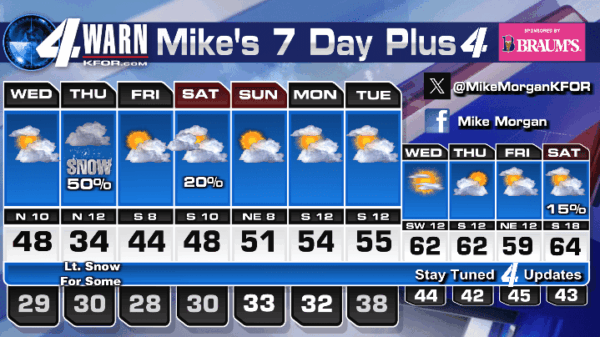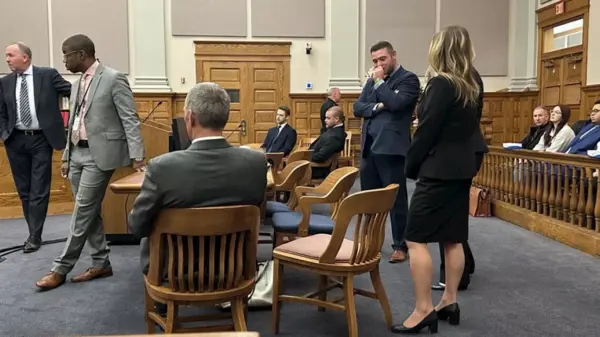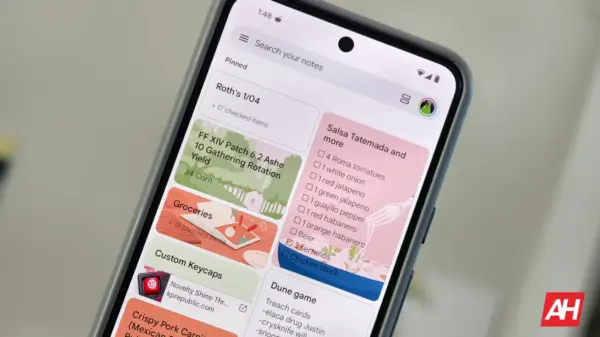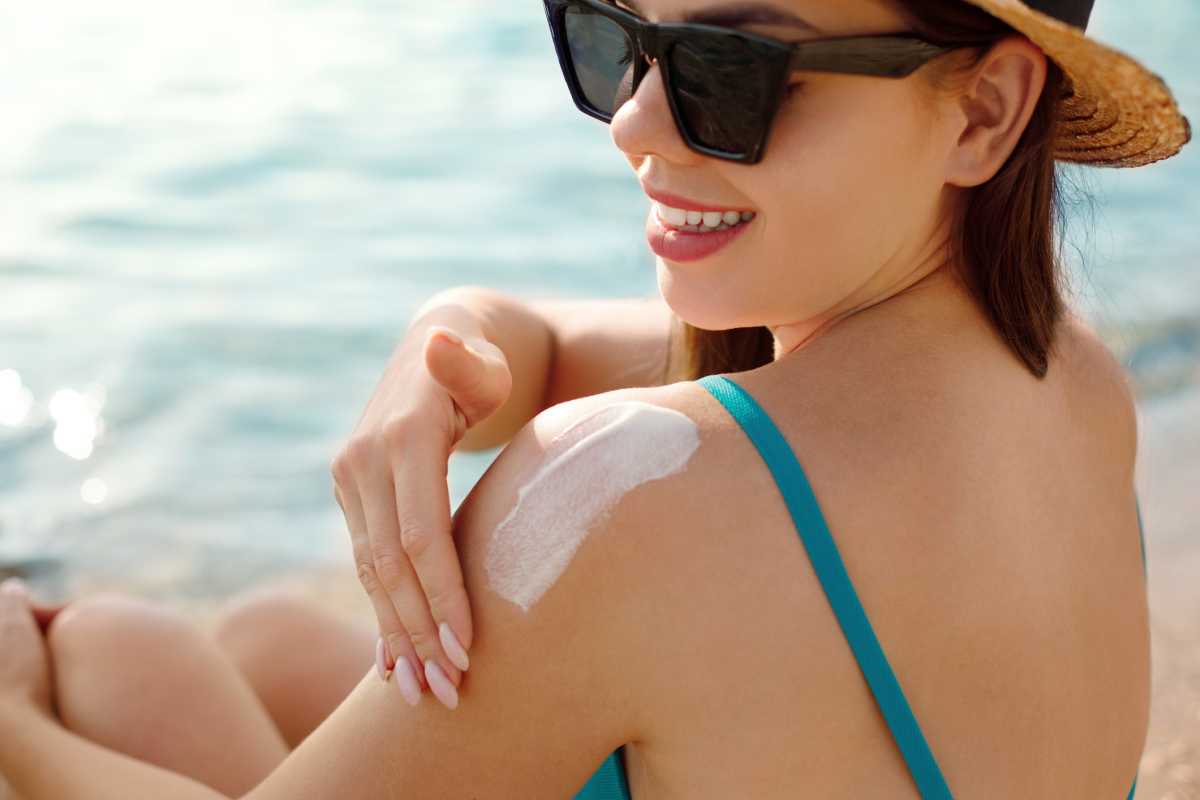As temperatures in New York City soar to record highs, residents face increased risks of skin disorders such as rashes and sunburn. This summer, the mercury has reached up to 100 degrees, prompting health experts to emphasize the importance of skin safety during the hottest months. According to data from the Behavioral Risk Factor Surveillance System, nearly 30% of adults in New York State reported experiencing at least one sunburn in the past year, while over 50% of Americans neglect to use sunscreen.
Recognizing the signs of sunburn and practicing effective skin protection strategies are essential for everyone, particularly for vulnerable populations like children. Dr. Asha Patel Shah, Head of Medical Affairs NA at Kenvue and a board-certified dermatologist, offers insights into summer skin safety and practical advice for New Yorkers.
Understanding Sunburn and Its Causes
Sunburn is an acute inflammatory reaction of the skin resulting from damage caused by ultraviolet (UV) radiation, whether from the sun or artificial sources like tanning beds. Dr. Shah explains that UV rays penetrate the skin, initiating inflammation that manifests as redness, warmth, pain, and, in severe cases, blistering. According to the American Journal of Preventive Medicine, between 28% to 53% of children have experienced sunburn, underscoring the importance of vigilance among parents and caregivers.
Children’s skin is particularly susceptible to UV damage because their protective mechanisms are still developing. Dr. Shah warns that even short exposures during peak hours—typically between 10 a.m. and 4 p.m.—can result in sunburn.
Identifying Sunburn Across Skin Tones
Recognizing the early signs of sunburn is crucial for prevention and treatment. Symptoms can vary significantly across different skin tones. Dr. Shah notes that individuals with lighter skin often display obvious redness, which serves as a clear indicator of sunburn. Conversely, for those with darker skin, signs may be less apparent and can include shades of pink or purple.
It is a common misconception that darker skin provides immunity against sunburn. A study from the Centers for Disease Control found that between 9% to 13% of Black individuals report experiencing at least one sunburn each year. Parents should monitor children closely for signs of dehydration, which can include a reduced number of wet diapers, dry mouth, irritability, or lethargy.
Dr. Shah emphasizes that just one blistering sunburn in childhood can double a person’s lifetime risk of developing melanoma, as well as accelerate skin aging, leading to uneven skin tone, wrinkles, and loss of elasticity.
What to Do If Your Child Gets Sunburned
If a child does get sunburned, it is important to respond swiftly, though parents should not feel guilty, as sunburn is a common occurrence. Dr. Shah recommends immediately moving the child to a shaded area or an indoor space with a cool environment. Cooling the skin with compresses or a lukewarm bath can help alleviate discomfort, but ice should be avoided to prevent further damage.
Topical treatments such as aloe vera can soothe irritation and redness. For children with sensitive skin or conditions like eczema, a colloidal oatmeal bath may provide additional relief. If blistering or bleeding occurs, seeking medical attention is advisable.
Summer Skin Safety Tips
Dr. Shah encourages New Yorkers to embrace shade whenever possible and to keep children out of direct sunlight during peak hours. Protective clothing, including long sleeves, wide-brimmed hats, and UV-protected sunglasses, should be part of outdoor plans. Additionally, using broad-spectrum, water-resistant sunscreen with an SPF of at least 30 is crucial for effective protection.
“Enjoying the outdoors is important,” Dr. Shah concludes, “but it is essential to do so responsibly and safely.”
As summer continues, taking proactive steps to protect skin from harmful UV rays will help ensure a healthier and more enjoyable season for all New Yorkers.






































































